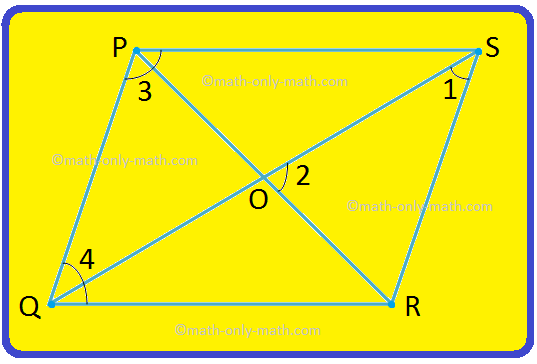

Their cosines and tangents (unless undefined) are equal in magnitude but have opposite signs.

The sines of supplementary angles are equal. If a point P is exterior to a circle with center O, and if the tangent lines from P touch the circle at points T and Q, then ∠TPQ and ∠TOQ are supplementary. Pentagon 2 right angles Hexagon 1 right angle Heptagon 3. Quadrilateral Two angles larger than a right angle. Don’t forget to use a ruler Shape Special Requirements Triangle All angles smaller than right angles. For example, adjacent angles of a parallelogram are supplementary, and opposite angles of a cyclic quadrilateral (one whose vertices all fall on a single circle) are supplementary. Read the instructions carefully and draw shapes that match the description in the boxes. However, supplementary angles do not have to be on the same line, and can be separated in space. Such angles are called a linear pair of angles.

have a common vertex and share just one side), their non-shared sides form a straight line. If the two supplementary angles are adjacent (i.e.

The first concept was used by Eudemus, who regarded an angle as a deviation from a straight line the second by Carpus of Antioch, who regarded it as the interval or space between the intersecting lines Euclid adopted the third concept. According to Proclus, an angle must be either a quality or a quantity, or a relationship. Įuclid defines a plane angle as the inclination to each other, in a plane, of two lines which meet each other, and do not lie straight with respect to each other. Bartleby the Scrivener Scrivener by Herman Melville, the Pennsylvania State University, Electronic Classics Series, Jim Manis. Both are connected with the Proto-Indo-European root *ank-, meaning "to bend" or "bow". The word angle comes from the Latin word angulus, meaning "corner" cognate words are the Greek ἀγκύλος (ankylοs), meaning "crooked, curved," and the English word " ankle". 4.7 Measurements that are not angular units.4.5 Alternative ways of measuring the size of an angle.Is \?Īns: When we will draw any line segment $AB=7cm$ where $C$ is a point lying between $A$ and $B$ as shown in the figure below –Ĥ. Take any point \ lying in between \ and \. Therefore, it is better to use a divider than a ruler.ģ. Hence, when we will measure the length, then we can misread the readings due to the thickness. Why is it better to use a divider than a ruler, while measuring the length of a line segment?Īns: We know that rulers are very thick. What is the disadvantage in comparing line segments by mere observation?Īns: One of the main disadvantage in comparing the line segments by mere observation is that there will be high chances of miscalculation.Ģ.


 0 kommentar(er)
0 kommentar(er)
